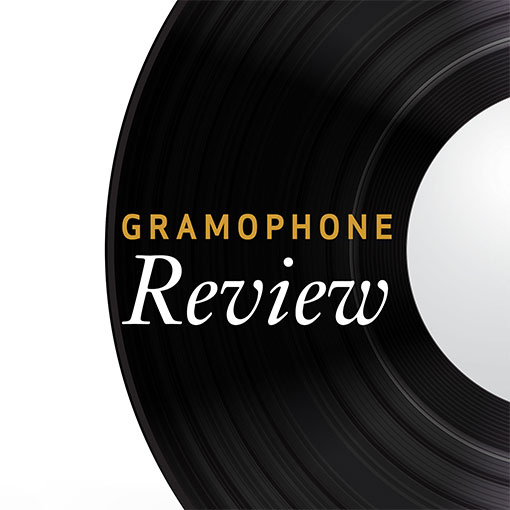Puccini Tosca
View record and artist detailsRecord and Artist Details
Composer or Director: Giacomo Puccini
Genre:
Opera
Label: Grand Opera
Magazine Review Date: 4/1994
Media Format: CD or Download
Media Runtime: 111
Mastering:
ADD
Catalogue Number: 440 051-2DMO2

Tracks:
| Composition | Artist Credit |
|---|---|
| Tosca |
Giacomo Puccini, Composer
Alfredo Mariotti, Sacristan, Bass Birgit Nilsson, Tosca, Soprano Dietrich Fischer-Dieskau, Scarpia, Baritone Dino Mantovani, Sciarrone, Bass Franco Corelli, Cavaradossi, Tenor Giacomo Puccini, Composer Libero Arbace, Gaoler, Bass Lorin Maazel, Conductor Patrizio Veronelli, Shepherd Boy, Treble/boy soprano Piero de Palma, Spoletta, Tenor Santa Cecilia Academy Chorus, Rome Santa Cecilia Academy Orchestra, Rome Silvio Maionica, Angelotti, Bass |
Author: Michael Oliver
This is a Tosca upon which a great deal of care has been lavished. About 50 per cent too much, to tell you the truth. At the start it is good to hear a conductor paying so much attention to the details of Puccini's score, but by the end I was beginning to wonder whether there was a single bar in the opera that Maazel had left alone, so incessant are his artful rubato, his elaborately moulded dynamic shadings, his primpings and pointings. Fischer-Dieskau catches something of this manner. He combines great vocal splendour and authority with so much word-painting and the vocal equivalent of satanically raised eyebrows that the result is both unidiomatic and exaggerated. Nilsson is a fearless Tosca, shaping ''Vissi d'arte'' with real distinction, a match even for Fischer-Dieskau's Scarpia in Act 2, but quite able to fine her voice down almost to intimacy. Corelli is excitingly brazen-voiced, a slight occasional bleat in the tone not diminishing his vocal allure, and he is the only one of three principals whose glamour is unmistakably Italian. Even he, though, is somewhat chivvied along by Maazel: his ''E lucevan le stelle'', like many pages in this reading, is finely detailed almost to the point of affectation. Corelli's ability to maintain a beautiful line throughout all this is praiseworthy, but the music between that aria and Tosca's arrival with the safe-conduct is pulled about almost unrecognizably.
The recording is quite fancily produced, too. It was a nice idea for the Sacristan to turn to face the altar for his prayer in Act 1, but by that stage Angelotti has already retreated to what in this production is clearly not the Attavantis's private chapel but their funeral vault. Later on the band playing a gavotte for the Queen's reception are positioned on Scarpia's balcony (they retreat to the courtyard for the cantata), while Cavaradossi is tortured in a very small echo-chamber. The wood, in short, is largely obscured by elaborate topiary.'
The recording is quite fancily produced, too. It was a nice idea for the Sacristan to turn to face the altar for his prayer in Act 1, but by that stage Angelotti has already retreated to what in this production is clearly not the Attavantis's private chapel but their funeral vault. Later on the band playing a gavotte for the Queen's reception are positioned on Scarpia's balcony (they retreat to the courtyard for the cantata), while Cavaradossi is tortured in a very small echo-chamber. The wood, in short, is largely obscured by elaborate topiary.'
Discover the world's largest classical music catalogue with Presto Music.

Gramophone Digital Club
- Digital Edition
- Digital Archive
- Reviews Database
- Full website access
From £8.75 / month
Subscribe
Gramophone Full Club
- Print Edition
- Digital Edition
- Digital Archive
- Reviews Database
- Full website access
From £11.00 / month
Subscribe
If you are a library, university or other organisation that would be interested in an institutional subscription to Gramophone please click here for further information.





